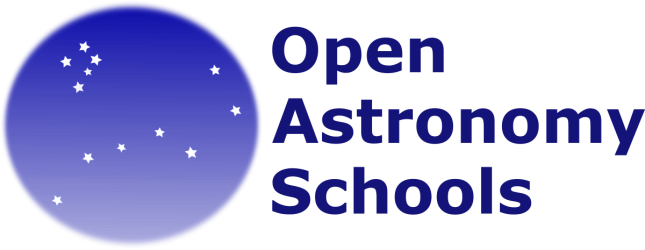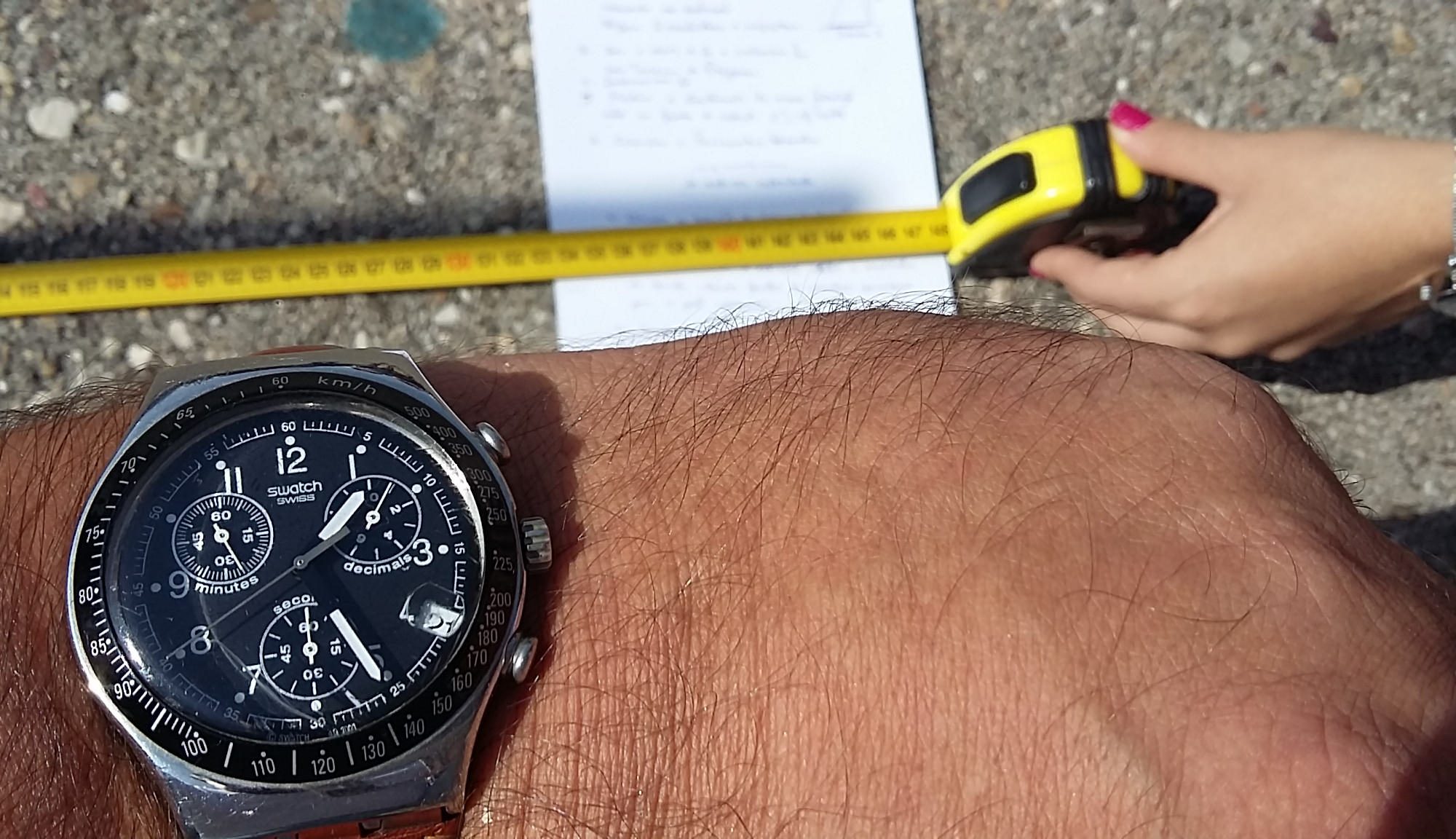One of the goals of Open Astronomy Schools is to assemble a large amount of high quality educational activities and resources to use in Astronomy education. Everyone is invited to submit a resource or activity! Below is a small list of selected activities that can help you to propose your training session.
Dr. Seahorse Creates Rainbows
Explore sunlight as it appears white and find out that it can actually consist of many different colours which can be separated into a rainbow.
Dr. Seahorse Sees the Invisible
Our Sun provides light and heat. You can see the light, but what about the heat? In this experiment, you can make the heat visible.
Light Shielding Demo
Due to poor shielding lighting policies here on earth, cosmic light in fading away. This demonstration illustrates the effects of lighting on our view of the night sky and how shielding can reduce light pollution while at the same time making the lighting more effective.
Light Shielding Lab
This interactive lab illustrates the effects of lighting on our view of the night sky and how shielding can reduce light pollution while at the same time making the lighting more effective.
Spectra of Lights
Students will explore the properties of different types of light bulbs using diffraction grating glasses to reveal the light’s unique spectra or “fingerprint”. Learn about types of lights and why we do or don’t like to use them based on their effects on people, animals, and the environment.
Meet our Neighbours: Sun
Converting the visual to tactile experience, this activity let visually impaired students to learn and explore about our star, Sun, and its main characteristics.
Transit Tracks
With this activity you may learn more about transits and how they affect a light curve of the star they are passing by.
Uncle Al’s Starwheels
Build an inexpensive easy to make star map, adjustable for any time of night in any month of the year. Watch the guided video.
Outdoor Lighting Audit
Students will be auditing the types of outdoor lights on one building at their school to determine how much energy those lights are using. Students will ultimately be making recommendations as to how their school might become more energy efficient by using a few different methods.
The Night You Hatched
This is a science simulation that builds understanding in young learners about the effects of light pollution on the sea turtles during hatching. The activity demonstrates animal behaviour and the predator/prey relationship.
DIY Board Game: Light’s Journey
With this DIY board game learn in a fun interactive way all about light and its journey across our Universe.
Happy Families!
Learn about the different kinds of electromagnetic radiation that exist, in addition to optical light.
Spectra All Around Us
Build an easy to make spectroscope and discover with your students that different sources of light do not shine in the same way.
Make a Colour Poster of the Life Cycle of a Star
Explore the cosmic light that reach us from the different types of stars that populate our galaxy and learn more about their characteristics using Faulkes Telescope using the data from one of the largest telescopes available for education. For the user to understand the star life cycle.
Universe Notebook
In this project students are invited to build their own Universe notebook or poster, through the acquisition of images using robotic telescopes, cameras, astronomical databases or their own drawings.
A Touch of the Universe Activities
Here you will find a set of activities for visually impaired students and their peers, supporting “A Touch of the Universe” project featured in Cosmic Light EDU kit resource section. Watch the video tutorials.
Meet Our Home: Planet Earth
Converting a visual to a tactile experience, this activity lets visually impaired students learn and explore our home planet, the Earth, and some of its characteristics.
Meet our Neighbours: Moon
Converting a visual experience to a tactile one, this activity lets visually impaired students learn and explore our Moon and its characteristics.
Hubble Tuning Fork Project
Using the data from one of the largest telescopes available for education the Faulkes Telescopes you’ll be able to produce color images of galaxies of different types, and create a your own tuning fork diagram.

